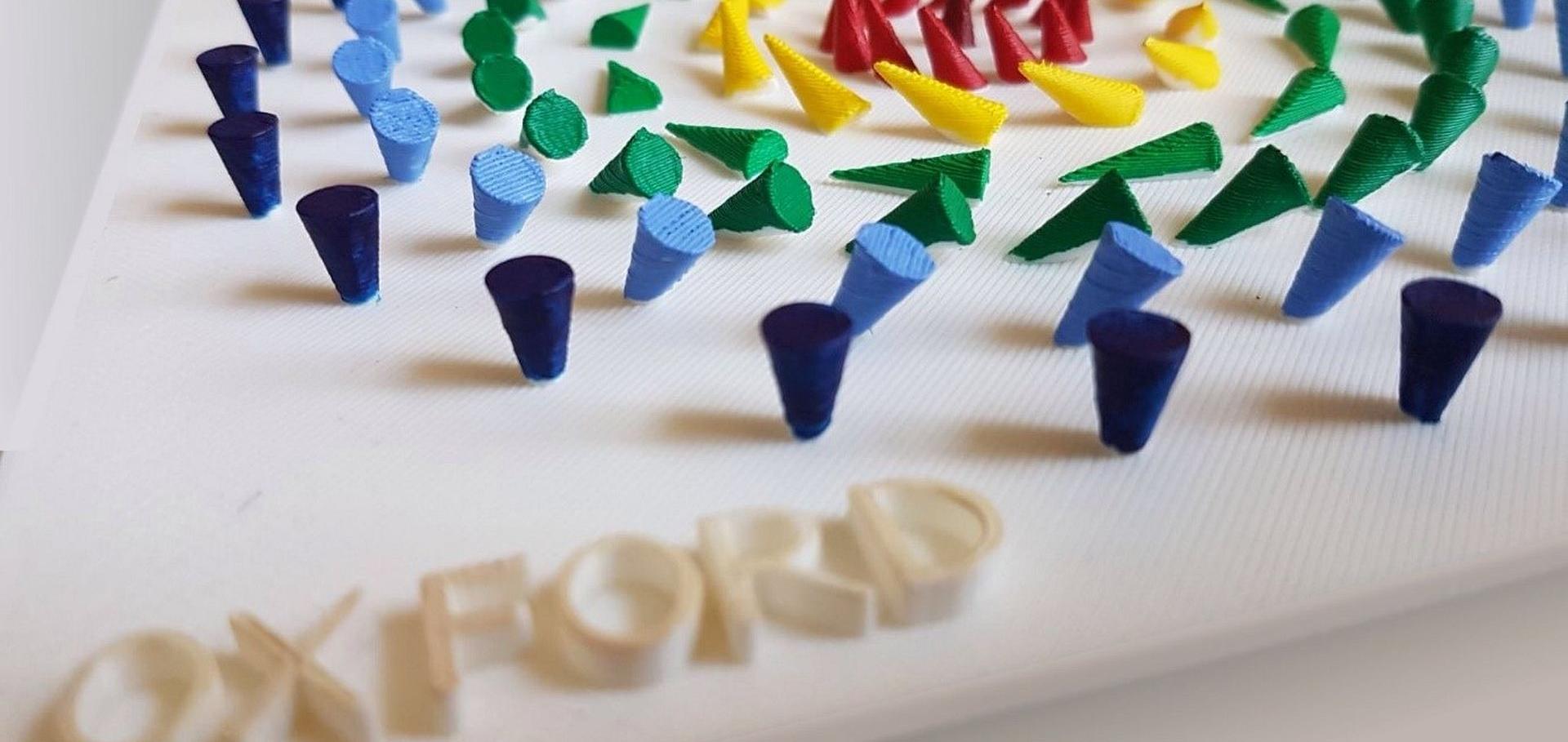Local Structure and Bonding of Transition Metal Dopants in Bi2Se3 Topological Insulator Thin Films
The Journal of Physical Chemistry C American Chemical Society (ACS) 119:30 (2015) 17344-17351
Local electronic and structural environment of transition metal doped Bi2Se3 topological insulator thin films
Journal of Physical Chemistry C (2015)
Abstract:
Transition metal (TM) doped topological insulators have been the focus of many recent studies since they exhibit exotic quantum and magneto-electric effects, and offer the prospect of potential applications in spintronic devices. Here we report a systematic study of the local electronic and structural environment using x-ray absorption fine structure (XAFS) in TM (= Cr, Mn, and Fe) doped Bi2Se3 thin films grown by molecular beam epitaxy. Analysis of the TM K-edge XAFS reveals a divalent character for Cr, Mn, and Fe when substituting Bi in the films, despite the trivalent character of the Bi. All dopants occupy octahedral sites in the Bi2Se3 lattice, which agrees with substitutional incorporation onto the Bi sites. With the incorporation of TM dopants a local structural relaxation of the Bi2Se3 lattice is observed, which strengthens the covalent character of the TM–Se bond. The presence of additional phases and interstitial incorporation for the Mn and Fe dopants is also observed, even at low concentrations.Spin pumping through a topological insulator probed by x-ray detected ferromagnetic resonance
Journal of Magnetism and Magnetic Materials Elsevier 400 (2015) 178-183
Abstract:
In the field of spintronics, the generation of a pure spin current (without macroscopic charge flow) through spin pumping of a ferromagnetic (FM) layer opens up the perspective of a new generation of dissipation-less devices. Microwave driven ferromagnetic resonance (FMR) can generate a pure spin current that enters adjacent layers, allowing for both magnetization reversal (through spin-transfer torque) and to probe spin coherence in non-magnetic materials. However, standard FMR is unable to probe multilayer dynamics directly, since the measurement averages over the contributions from the whole system. The synchrotron radiation-based technique of x-ray detected FMR (XFMR) offers an elegant solution to this drawback, giving access to element-, site-, and layer-specific dynamical measurements in heterostructures. In this work, we show how XFMR has provided unique information to understand spin pumping and spin transfer torque effects through a topological insulator (TI) layer in a pseudo-spin valve heterostructure. We demonstrate that TIs function as efficient spin sinks, while also allowing a limited dynamic coupling between ferromagnetic layers. These results shed new light on the spin dynamics of this novel class of materials, and suggest future directions for the development of room temperature TI-based spintronics.Tailoring of magnetic properties of ultrathin epitaxial Fe films by Dy doping
AIP Advances AIP Publishing 5:7 (2015) 077117
Study of Dy-doped Bi2Te3: thin film growth and magnetic properties
Journal of Physics Condensed Matter IOP Publishing 27:24 (2015) 245602


